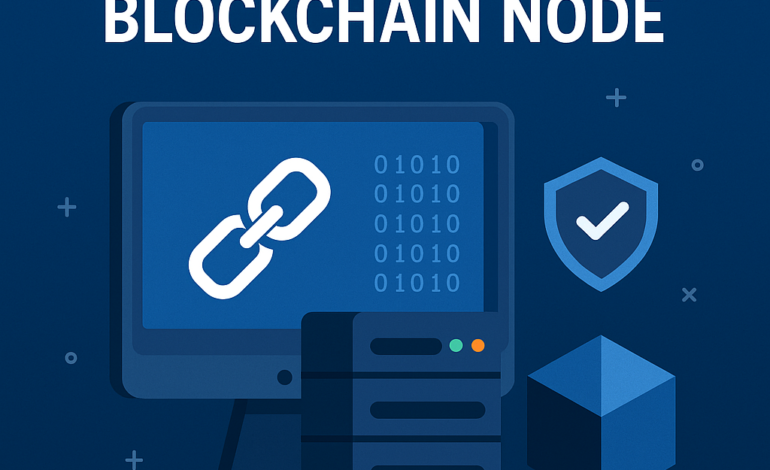Passive income opportunities in crypto — like staking, lending, running nodes, and liquidity mining — have exploded in popularity. While these strategies can yield impressive returns, many investors dive in without fully understanding the risks and mechanics involved. As a result, costly mistakes happen often, especially in volatile or complex crypto markets.

Chasing Unrealistic Yields
High annual percentage yields (APYs) advertised by new DeFi platforms or staking programs can be tempting. However, exceptionally high returns often come with increased risks — such as low liquidity, unsustainable tokenomics, or poorly audited smart contracts.
Pro Tip:
Always research the project’s fundamentals, market demand, and reward sustainability before locking up your assets for eye-catching yields.
Ignoring Smart Contract Risks
Many passive income strategies, especially in DeFi, rely on smart contracts. These codes, while automated and transparent, are vulnerable to bugs, exploits, and hacks — potentially draining millions from investors.
Pro Tip:
Stick to platforms with proven track records and audited smart contracts. Use DeFi insurance services when possible to add an extra layer of security.
Not Diversifying Income Strategies
Relying on a single protocol or income stream can be dangerous in a fast-moving market. If that project collapses or its token value plummets, your income source could disappear overnight.
Pro Tip:
Spread your capital across various passive income opportunities such as staking, lending, node rewards, and liquidity pools on different blockchains.
Overlooking Lock-Up Periods
Some staking programs and lending platforms require you to lock up your crypto assets for extended periods. If you need liquidity during that time — especially during market crashes — you may be unable to withdraw your funds without penalties or significant losses.
Pro Tip:
Check withdrawal rules, lock-up periods, and early exit penalties before committing funds.
Failing to Secure Private Keys and Nodes
If you’re managing your own staking or node infrastructure, securing your wallet keys and server environment is critical. Hackers target improperly secured nodes and wallets, leading to potential fund loss.
Pro Tip:
Use hardware wallets, multi-signature protections, and strong server security protocols to safeguard your assets.
Neglecting Tax Implications
Passive crypto income is taxable in many jurisdictions. Ignoring this can result in hefty penalties or legal trouble later.
Pro Tip:
Consult a crypto-savvy accountant and track your income accurately using crypto portfolio management tools that record staking rewards, lending interest, and node earnings.
Not Staying Updated on Protocol Changes
DeFi platforms, staking networks, and node reward systems frequently adjust rules, reward rates, or security protocols. Investors who don’t stay informed risk missing key updates or being exposed to vulnerabilities.
Pro Tip:
Subscribe to official project channels, communities, and news outlets to stay ahead of critical announcements.
Final Thoughts
Passive crypto income can be an excellent way to grow wealth in the digital economy, but it’s not risk-free. Avoiding these common mistakes can protect your capital, optimize returns, and help you build a reliable, diversified crypto income strategy.
Stay cautious, do your research, and never invest more than you can afford to lose



